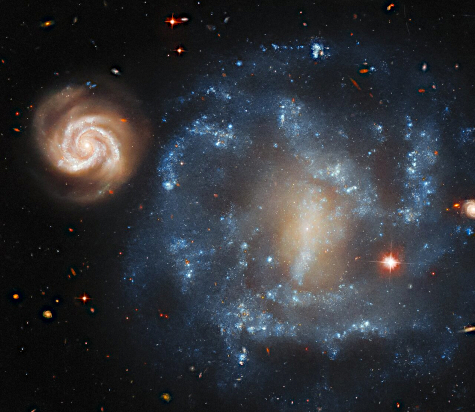
This is what the Christmas season stands for.
The New Testament words celebrating the birth of Jesus are clear and bright, and are repeated by everyone in these weeks before the holiday: “Glory to God in the highest, and on earth peace, good will toward men.”
The colloquial phrase people normally say this time of year is usually “Peace on Earth and good will toward men!”, with the hope that both will come to all.
It appears unfortunately that the idea of “good will” is vanishing from American society, and maybe for all of western civilization. Good will means you treat all persons with respect, even if you disagree with them. You also hope that everyone achieves the best they can in their personal lives, even your enemies. You don’t wish harm on others, only oppose anyone from doing harm to others.
Such good will once dominated American society. Just think of the 1946 film It’s a Wonderful Life! to get a taste of that American culture. In politics, there was often fierce debate, but after the Civil War especially the culture decided it was better to talk things out with good will to all then to grab guns and kill each other.
And most of all, during each year’s Christmas season the desire to promote good will was everywhere, in everyone’s hearts and minds.
This ideal now appears to be vanishing. On the left that vanishing began with the election of Donald Trump in 2016, and has accelerated since. You cannot have a reasonable or rational discussion with practically anyone on the left about Trump. He is the devil incarnate to them, and anyone who even expresses the slightest positive thought about him must be blackballed, slandered, and even killed.
Think I am exaggerating? The widow of Charlie Kirk doesn’t think so. Neither does Donald Trump, who survived two assassination attempts. Nor does someone like Elon Musk, who now readily admits he can no longer appear in public out of fear of violence because of his support of Trump in the 2024 election.
A more benign but equally ugly example of this lack of good will occurred just last week — in the midst of this year’s Christmas season — and the anger and hate didn’t just come from the left. Watch the vile behavior of this leftist woman in a Walmart when she saw an senior citizen and Target worker wearing a Charlie Kirk “Freedom” t-shirt (warning: her language is decidedly obscene):
» Read more













